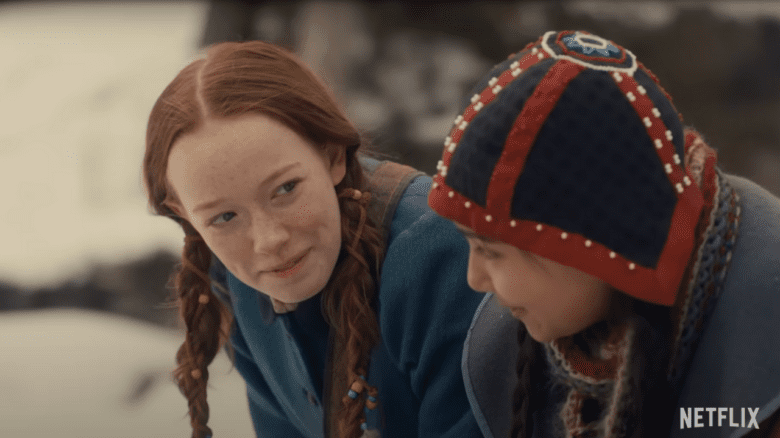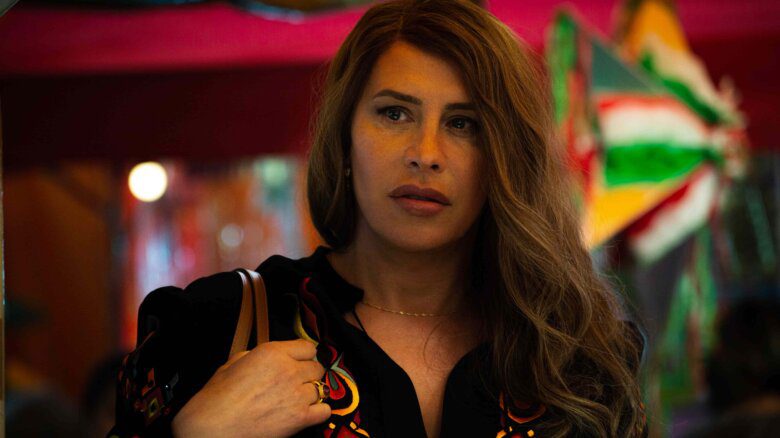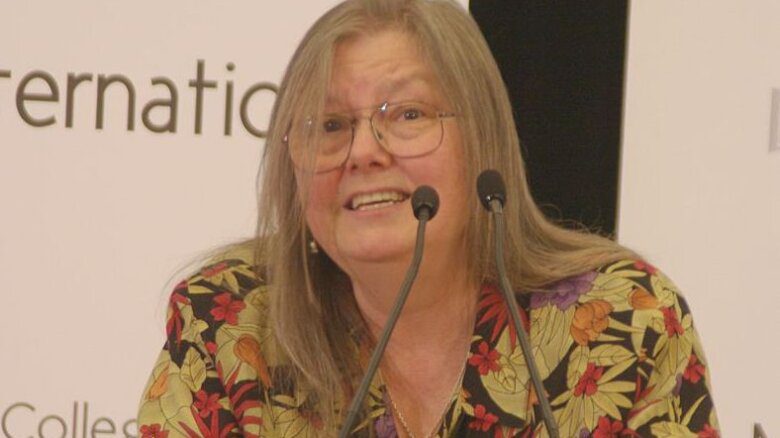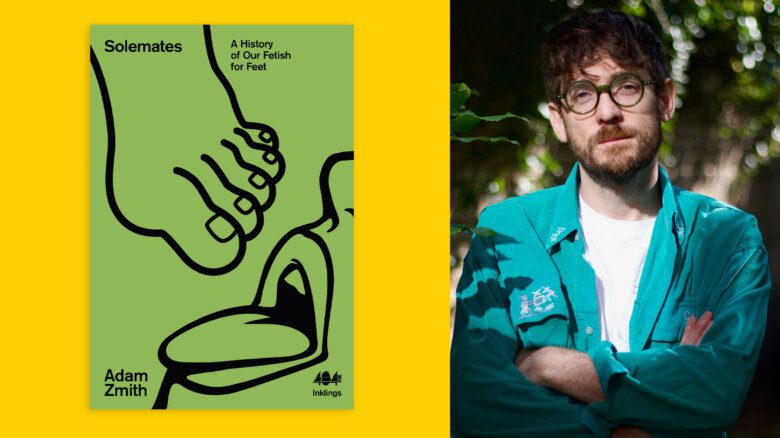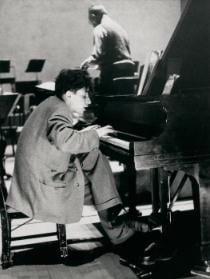
Glenn Gould, St Louis, Missouri, 1957. Credit: Photographer Unknown, part of Black Star Collection
There are some photos that are so iconic, so recognizable, that even just hearing a description can immediately call the image to mind: a naked Vietnamese girl, face contorted in a wail as she flees down a road in stark black and white; a solitary Princess Diana, perched on a diving board staring wistfully out to sea; Rob Ford scowling at a garishly decorated weigh scale during his Cut the Waist diet initiative.
But even as the pictures tell their story of a moment captured in time, there is still much left untold.
“There are a lot of photographs that you have in your own image bank that you could recall, but you probably don’t know the names of the people in the picture,” says artist Stephen Andrews. “If I ask you to recall a photo of a man putting a flower in the barrel of a gun, you may well remember the picture. But do you know the man’s name was Hibiscus and that he was one of the founding members of [1970s theatre troupe] The Cockettes in San Francisco?”
Andrews is one of eight Canadian artists contributing to the Ryerson Image Centre’s premiere exhibition, Archival Dialogues: Reading the Black Star Collection. It’s a show built around nearly 300,000 historic black-and-white photojournalistic prints that feature iconic images originally seen in major news publications like Life magazine, Look and the Saturday Evening Post. Andrews, along with artists Christina Battle, Marie-Hélène Cousineau, Stan Douglas, Vera Frenkel, Vid Ingelevics, David Rokeby and Michael Snow, was asked to provide an artistic commentary on images that have become intrinsically linked to the historic events they represent.
In choosing the photographs for his contribution, Andrews decided to focus on a pivotal time in his own history. “I selected images from the 1960s, which is when I sort of came to consciousness,” he says. “It was about trying to find my own subject of narrative within the 20th century. It was an interesting process for me, discovering how the photographs’ meanings had changed over time.”
One particularly moving discovery was a series of photographs taken of Lee Harvey Oswald, the man who shot and killed American president John F Kennedy in 1963. Many of us are familiar with the iconic photo of Oswald being shot following his arrest, but a little digging in the archives yielded a surprising perspective for Andrews.
“As I went through the collection, I found a series of photographs of Lee Harvey Oswald being led out of jail before he was assassinated. When we put them together in sequence it was very chilling. There is writ across his face this incredible range of emotion of a space of, say, 15 seconds. You can see that he’s caught in the sway of history. He’s afraid and he’s confused. You can see it in his eyes.”
Using such photos, Andrews created an experimental film using 16-millimetre film, hand processing it to achieve the look of filmmaking technology of the 1960s. The finished product is similar to the credits of a television show, with flashes of images flickering across the screen to the insistent beat of a drum. It’s raw and vivid and fleeting – like memory itself, or a half-remembered dream.
“Photojournalism and photography generally is a mirror for us,” Andrews says. “We see our times written in it. But do we remember the actual events, or do we remember viewing the photographs? That’s the game I’m trying to play with people with this piece.”
Archival Dialogues: Reading the Black Star Collection
Runs Sat, Sept 29-Sat, Dec 22
Ryerson Image Centre
33 Gould St
ryerson.ca/ric
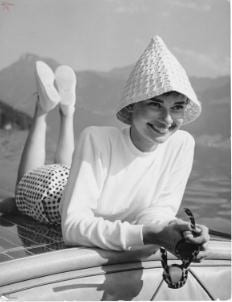
 Why you can trust Xtra
Why you can trust Xtra